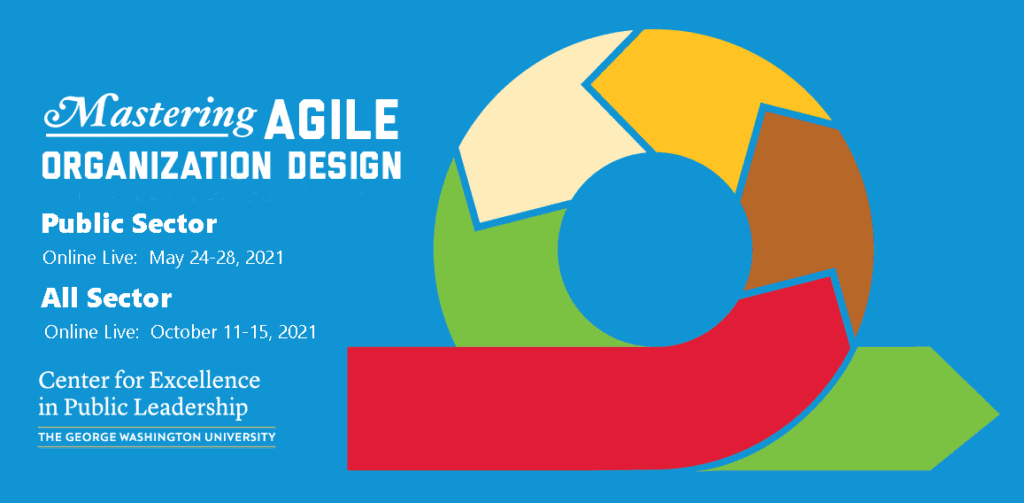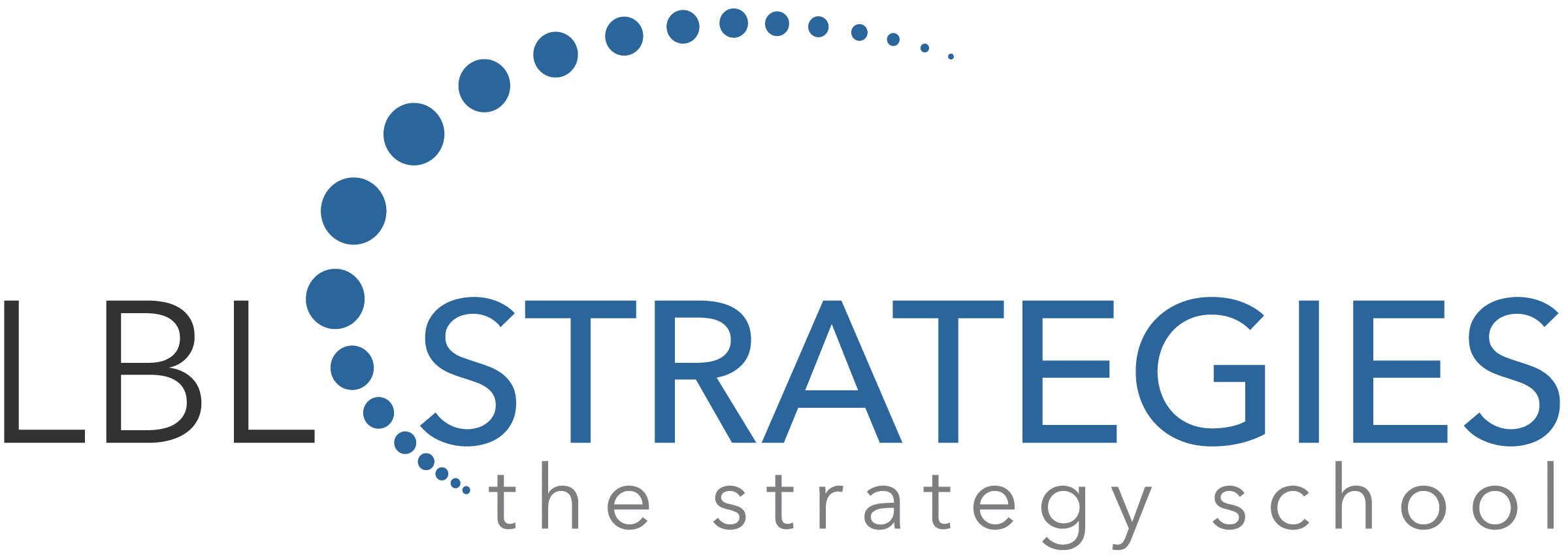Much has been written about the future of work and the work of the future by several think tanks and consultancies over the past several years. More scenarios are being developed in the wake of Covid-19. The macro forces at work include:
Societal and Work
We are “always on,” always connected with ready access to information, everything is personal, and technology is everywhere. As consumers, we demand great customer service, both from a convenience and timely response perspective. We expect this from the government agencies we interact with, whether the DMV, the IRS, or parks and recreation. In government, the workforce is aging and the Millennials and GenZ have shown less interest in public service.
There is a talent shortage which must be addressed quickly as the demand for public services in the age of Covid-19 is creating stress and burnout on front-line government workers. Recruiting practices will need to be re-designed, on-boarding has already been disrupted by Covid. Government agencies will need to improve the value proposition and channel the younger workforce’s desire for working for a purpose. Training and life-long learning will need to be re-designed to keep the new hires engaged. Agencies will need to re-think the performance management and rewards and recognition systems to enable the building of more agile, adaptable organization. Most government HR structures are antiquated and previous attempts to instill a modern performance culture were not as successful. And technology deployed by agencies at the state, county, and national level needs to be modernized as the younger generation demands it as (e.g., single sign on, cloud, etc.) they seek the promise of technology empowerment. New approaches to fill talent gaps may include: using digital labor, greater collaboration internally and externally, leveraging gig workers, and establishing public private partnerships.
Technology
The power and capacity of recent technological advances will increase into the future. More and more data will be generated as citizen and public services become more digitized-enabled. Governments must think about how they will use and protect data. Automation, AI, advanced cognitive technologies (including machine learning and neural networks) will likely impact not only how work gets done, but also the work itself.
Automation can and will lead to job displacement. McKinsey estimates that 5% of all jobs can be completely automated; an in another 60% of jobs, 30% of activities could be automated. Automation and digitization will lead to complex transitions and will require sound change management. For most industries, the jobs most likely to be displaced include: office support (secretaries and administrative assistants which have already been displaced in many agencies,) food service workers, transportation and logistics, customer service representatives, bookkeepers, and legal among others.
However, technology will create new jobs in such in demand fields as healthcare, information security, data science, and cyber. McKinsey also suggests that about 9% of the jobs in 2030 don’t exist yet. Jobs such as: AI Ethics Evaluator, Robot Trainer, Virtual Assistant Coordinator, Cybersecurity Ecosystem Designer. Technologies including robotic process automation, virtual and augmented reality have and will continue to re-define work processes and tasks, drive new value for citizens, and perhaps new organizational models. (As a “recovering geographer,” I was also taken aback by geographical variations on the impacts of these changes. McKinsey suggests that 60% of job growth will be in 25 metropolitan areas. So, policy will need to be re-thought.
Political and Regulatory
Political changes will always bring on new agendas and for many government employees, change is hard and they resist change. Much of the current President’s Management Agenda has not proceeded at the pace envisioned. The new evidence-based policy act is changing how agencies think about the impacts and value of the rollout of new policy. Initiated in the Obama administration, the new policy is aimed and making sure the impacts are understood prior to full rollout. Other regulatory changes will likely occur and agency leaders and the rank and file need to become more resilient to handle the changes. They must become more adaptable; more agile.
Organizational Design Decisions
Based on these sets of factors at play, agencies must rethink strategy, they must decide where to invest, redesign workflow, forecast talent needs and training, and consider the impact on the local communities. You need to take this course and learn the process of how to build an agile government agency.
About the Author
James Stockmal is a member of the instruction team for the “Mastering Agile Organizational Design Certification” Program. He is the owner of SK Partners, an independent management consultancy licensed in Washington, D.C. with over 30 years of experience in designing and developing organizations across a wide spectrum of industries including banking, manufacturing, pharmaceuticals, and consultancies. Jim is the immediate Past President of the International Association for Strategy Professionals.
The Mastering Agile Organization Design Program
In the program you will learn how to sense the trends discussed above, as well as, sense that it is time to address one or more organization design component – the work, the people, the structures, the supporting systems, the leadership, strategy and culture. You will learn on the mobilize a design team to frame the new high-level design for the components, launch implementation teams to detail and customize the design, and resolve any issues, before returning to sensing.
Join us May 24 – 28, 2021 for ten, 3 hour highly interactive online sessions to leverage the agile skills you already have, build new agile design competencies, and new tools to apply in your agency on day 1.
Program Information and Reserve Your Seat Here

